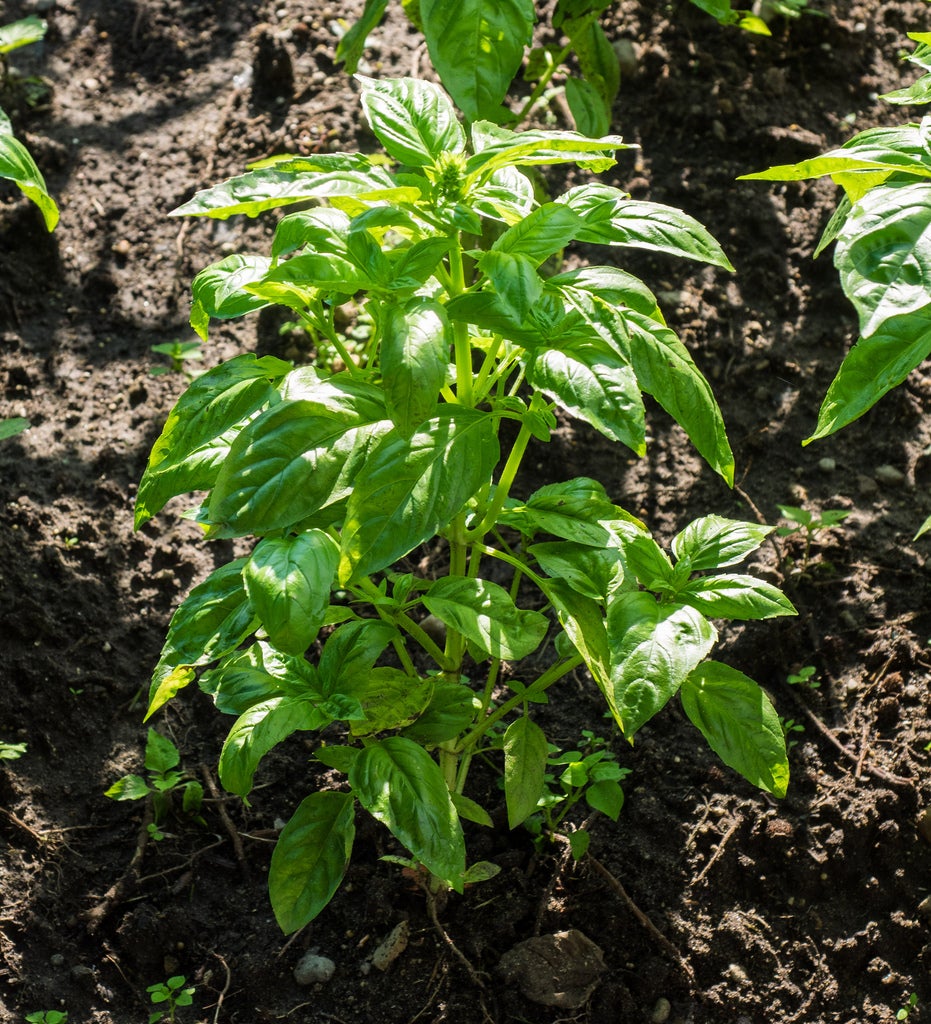Lettuce Leaf Basil Info: Growing Lettuce Leaf Basil Plants

If you adore basil but can never seem to grow enough of it, then try growing Lettuce Leaf basil. What is Lettuce Leaf basil? The basil variety, ‘Lettuce Leaf’ originated in Japan and is notable, as the name suggests, for its enormous leaf size, giving the basil devotee more than ample amounts of the sweet herb. While this basil with big leaves doesn’t taste exactly like the Genovese varieties, it still has a sweet, basil flavor.
What is Lettuce Leaf Basil?
As mentioned, Lettuce Leaf basil is a variety with extraordinary big leaves, up to 5 inches (12.5 cm.) long. The leaves are a brilliant green and crinkled and look much like lettuce leaves – hence the common name. Leaves are set closely on plants that reach about 18-24 inches (45.5-61 cm.) in height. It has a milder basil flavor and aroma but the extra-large leaves more than makeup for this.
Additional Lettuce Leaf Basil Info
The basil variety ‘Lettuce Leaf’ is a prolific producer of foliage. To keep the foliage coming, pinch off the blooms and use them in salads or as a garnish. Lettuce Leaf is also slower to bolt than other types of basil, which gives the grower a longer harvest season.
Like other aromatic herbs, Lettuce Leaf basil repels insects in the garden, naturally eliminating the use of most pesticides. Plant it near those susceptible to insect marauders and throughout the annual or cutting garden.
The enormous basil leaves of Lettuce Leaf basil are perfect for using in place of lettuce for fresh wraps, stuffing, layering in lasagna, and for making an abundance of pesto.
Growing Lettuce Leaf Basil
Like all basil, Lettuce Leaf loves hot temperatures and needs consistently moist, rich soil. Basil should be planted in an area of full sun with at least 6-8 hours per day.
Start seeds indoors 6-8 weeks prior to transplanting or sow directly into the soil when daytime temperatures are in the 70s (21 C. and up) and nighttime temps above 50 F. (10 C.). Transplant indoor seedlings 8-12 inches (20.5-30.5 cm.) apart or thin seedlings started directly in the garden to 8-12 inches (20.5-30.5 cm.) apart.
Sign up for the Gardening Know How newsletter today and receive a free copy of our e-book "How to Grow Delicious Tomatoes".
Keep the soil consistently moist but not sodden. Harvest the leaves as needed and pinch off blossoms to stimulate additional foliage growth.

Amy Grant has been gardening for 30 years and writing for 15. A professional chef and caterer, Amy's area of expertise is culinary gardening.
